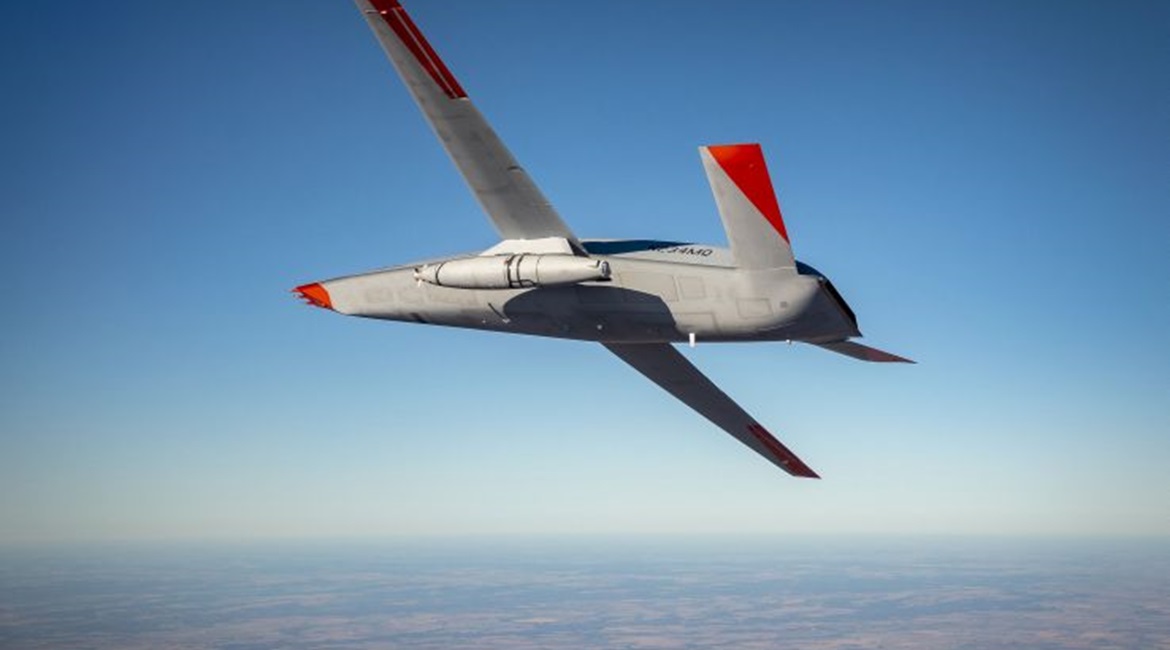
The US Navy (USN) is looking to grow its unmanned portfolio with funding requests for subsea, surface, and aerial systems in the service’s proposed fiscal year (FY) 2022 budget proposal, released on 28 May.
The navy requests about USD268.9 million for the Unmanned Carrier Launched Airborne Surveillance and Strike (UCLASS) programme, which was recently restructured with near-term focus on the new Unmanned Carrier Aviation n(UCA)/MQ-25 Stingray programme and accelerated fielding timelines.

Boeing and Naval Air Systems Command have been testing the unmanned MQ-25A T1 prototype. (Boeing Phantom Works)
The MQ-25 Stingray programme is working to develop an unmanned capability to embark on aircraft carriers as part of the Carrier Air Wing (CVW) to conduct aerial refueling as a primary mission and provide some intelligence, surveillance, and reconnaissance (ISR) capability as a secondary mission.
“MQ-25 Stingray extends CVW mission effectiveness range, partially mitigates the current Carrier Strike Group (CSG) organic ISR shortfall, and fills the future CVW tanker gap, mitigating strike fighter shortfall and preserving F/A-18E/F [Super Hornet] fatigue life,” the navy noted in budget documents released with the funding proposal.
Boeing and Naval Air Systems Command have been testing the MQ-25A T1 prototype. The programme is slated to conduct Initial Operational Test and Evaluation (IOT&E) FY 2024 . Initial Operational Capability is scheduled for FY 2025.
The proposed FY 2022 budget also requests USD375.6 million to accelerate the unmanned surface vehicle/vessel (USV) portion of the Navy’s Future Surface Combatant (FSC) strategy.
Part of that overall request is USD60 million for medium and USD144.8 million for large USVs. Also within that overall request is USD170.8 million for USV enabling capabilities to accelerate technology development and support steady growth of the USV family of systems.
Looking to read the full article?
Gain unlimited access to Janes news and more...






